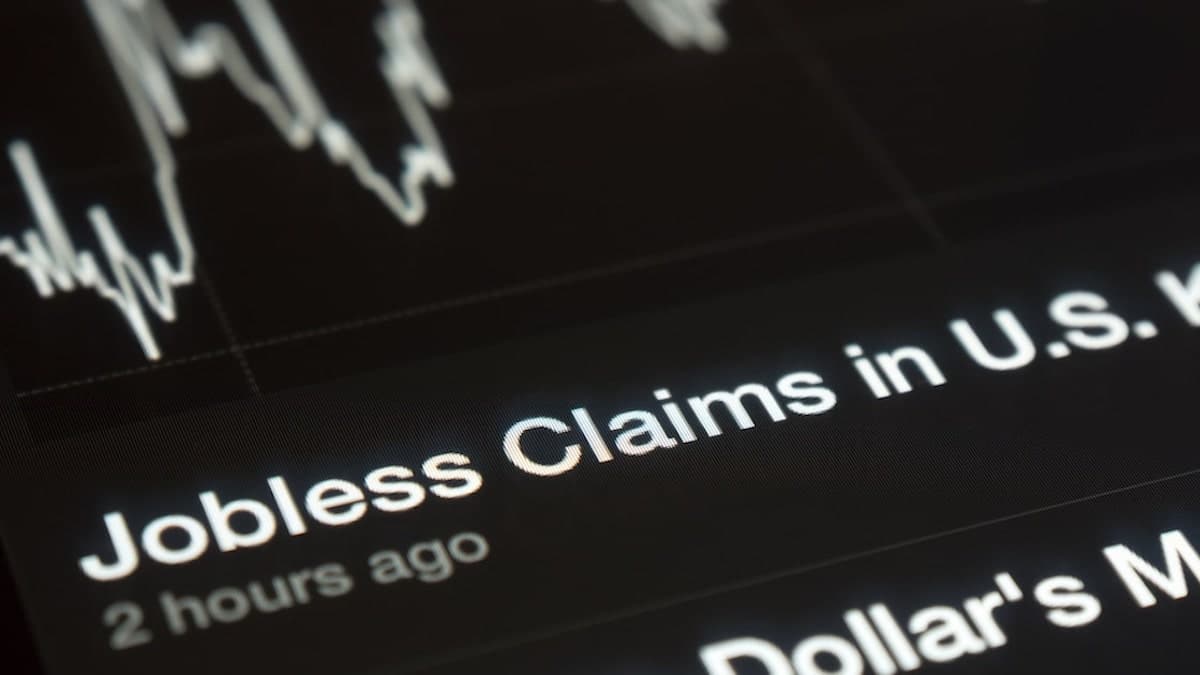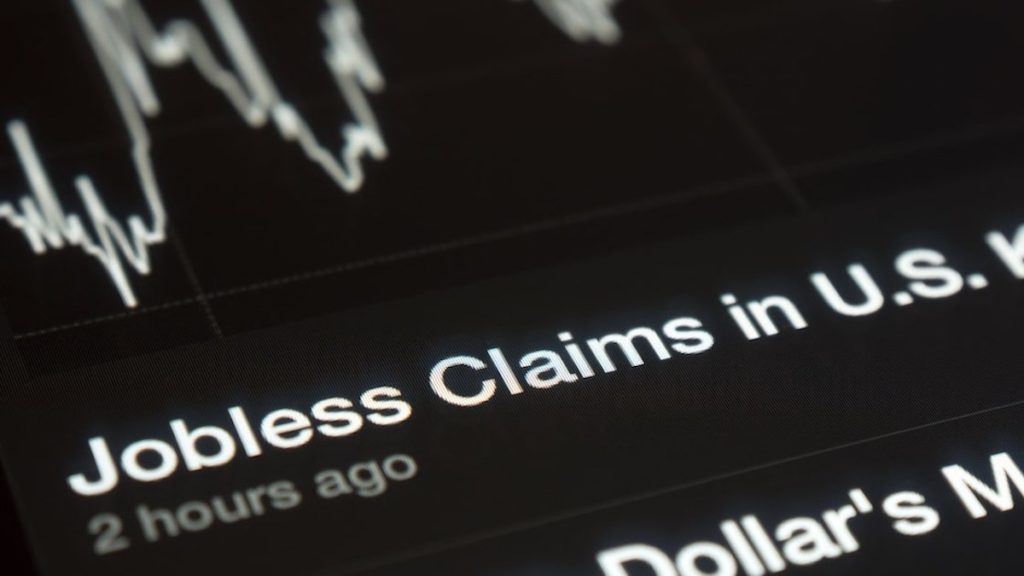
Prior Unemployment Insurance Weekly Claims Revised Significantly Higher, Trend in Declining Insured Unemployment Rate Ends

Washington, D.C. (PPD) — The U.S. Labor Department (DOL) reported initial jobless claims continued to rise for the week ending February 13 by 13,000 to a seasonally adjusted 861,000. The previous week was revised significantly higher by 55,000 from 793,000 to 848,000.
Forecasts ranged from a low of 725,000 to a high of 822,000. The consensus forecast was 768,000. The 4-week moving average was 833,250, a decrease of 3,500, while the previous week’s average was revised up by 13,750 from 823,000 to 836,750.
The weekly unemployment insurance claims report is just one in a slew of key economic indicators that took a turn for the worse ahead of the inauguration of Joe Biden. It’s a stark reversal from the positive trends before and after the pandemic under Donald Trump.
The advance seasonally adjusted insured unemployment rate was unchanged at 3.2% for the week ending February 6. Post-Covid-19 shutdown, the insured unemployment rate first fell to single digits during the week ending August 15 at 9.9%.
Under the Trump Administration, this rate had fallen to an all-time low 1.1% and remained at 1.2% as recently as March 14. But that was before coronavirus (COVID-19) mitigation efforts.
The insured unemployment rate hit the first high of the current crisis at 8.2% for the week ending April 4. The all-time high prior to that was 7.0%, recorded in May of 1975. On April 11, it rose to 11.0% and 12.4% on April 25.
Worth noting, the most strictest lockdown states — which consequently saw the highest number of infections — were and are disproportionately hurting the labor market and overall economy. Lockdowns were ineffective but their impact on the labor markets have been grave, and had far-reaching impacts that reverberated in non-strict states.
The highest insured unemployment rates in the week ending January 30 were in the Virgin Islands (6.6), Alaska (6.4), Pennsylvania (6.4), Rhode Island (6.1), Nevada (6.0), Connecticut (5.3), Illinois (5.1), New York (5.1), New Mexico (5.0), and Massachusetts (4.9).
The advance number for seasonally adjusted insured unemployment during the week ending February 6 was 4,494,000, a decrease of 64,000 from the previous week’s revised level.
The previous week’s level was revised up 13,000 from 4,545,000 to 4,558,000. The 4-week moving average was 4,632,000, a decrease of 120,250 from the previous week’s revised average. The previous week’s average
was revised up by 3,500 from 4,748,750 to 4,752,250.
During the week ending January 30, Extended Benefits were available in the following 20 states and territories: Alaska, California, Connecticut, District of Columbia, Hawaii, Illinois, Massachusetts, Michigan, Nevada, New Jersey, New Mexico, New York, North Carolina, Oregon, Pennsylvania, Puerto Rico, Rhode Island, Texas, the Virgin Islands, and Washington.
The largest increases in initial claims for the week ending February 6 were in Ohio (+92,667), California (+28,688), Georgia (+5,171), Mississippi (+3,796), and Colorado (+3,045), while the largest decreases were in Florida (-47,430), New York (-17,407), Maryland (-16,585), Kansas (-12,376), and Arizona (-7,478).





